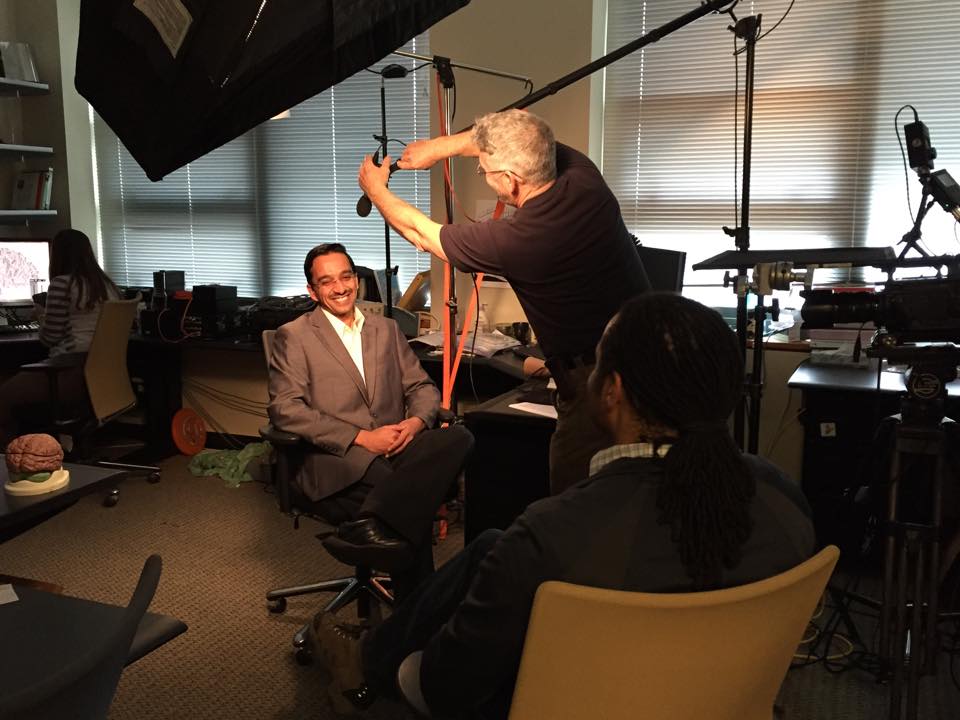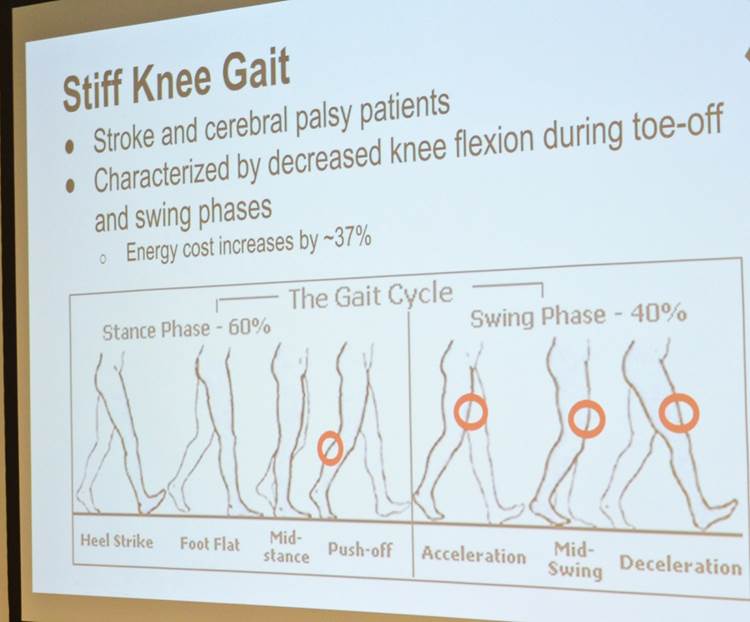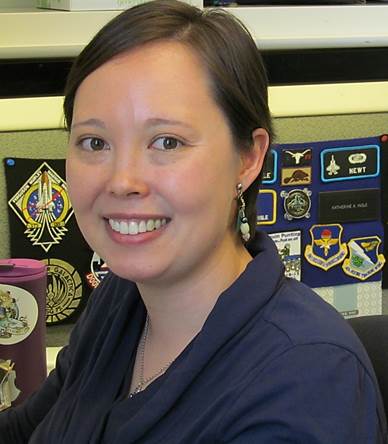 Imagine moving a mechanical arm just by thinking about it, or playing a video game using only your mind. Scientists and engineers have been developing this technology for decades. It's called brain-computer interfaces.
Imagine moving a mechanical arm just by thinking about it, or playing a video game using only your mind. Scientists and engineers have been developing this technology for decades. It's called brain-computer interfaces.
Engage and Enable Blog
The aim of this blog is to show what’s happening at the Center for Neurotechnology among its faculty, student and staff members. To learn more about the center and its work, visit our Feature Stories page.
 If you had a prosthetic limb, you might find it helpful to be able to better sense where the limb is or actually feel ownership of it. If you struggle from vertigo, a sensation of spinning related to problems with the inner ear, you might benefit from a system that helps ease the dizziness. And if you’ve had a stroke, you might want to use a technology that helps you improve the way you walk.
If you had a prosthetic limb, you might find it helpful to be able to better sense where the limb is or actually feel ownership of it. If you struggle from vertigo, a sensation of spinning related to problems with the inner ear, you might benefit from a system that helps ease the dizziness. And if you’ve had a stroke, you might want to use a technology that helps you improve the way you walk.
These technologies and systems were on display by three teams during the 2015 Tech Sandbox Competition, a course at the University of Washington created by Dr. Lise Johnson, university education manager at the Center for Sensorimotor Neural Engineering.
 More than 30 local scientists and artists will unveil work on May 26 that looks at the interface between art and science at the second Art Neureau, an exhibit organized by University of Washington graduate students.
More than 30 local scientists and artists will unveil work on May 26 that looks at the interface between art and science at the second Art Neureau, an exhibit organized by University of Washington graduate students.
Aiva Ievins, who studies neuroscience, said Art Neureau began after she and other students learned about Professor Eb Fetz’s art during a lunch presentation. Fetz has a deep interest in art, primarily in multimedia representations of mind-brain relationships. He has taught courses on “Art and the brain” and has published papers on the topic, too.
![]() Neuroscience and research related to the brain are popular these days. And the popularity has spread to the classroom.
Neuroscience and research related to the brain are popular these days. And the popularity has spread to the classroom.
A massive open online course entitled Computational Neuroscience has more than 21,000 students enrolled. The course, taught by Rajesh Rao and Adrienne Fairhall of the University of Washington, had some 32,000 students last year. It is being offered through Coursera, which partners with top universities and organizations around the world and offers more than 1,000 courses for anyone to take, for free.
 When Katherine Pratt was in the seventh grade, one of her assignments was to create a plot development of her life. She started with a beginning, added rising action events that led to a conflict, followed by the turning point, falling action and then resolution.
When Katherine Pratt was in the seventh grade, one of her assignments was to create a plot development of her life. She started with a beginning, added rising action events that led to a conflict, followed by the turning point, falling action and then resolution.
Pratt declared during this assignment that she was going to study electrical engineering, a plot point that is true today in real life. She is a PhD student in the Department of Electrical Engineering at the University of Washington.
